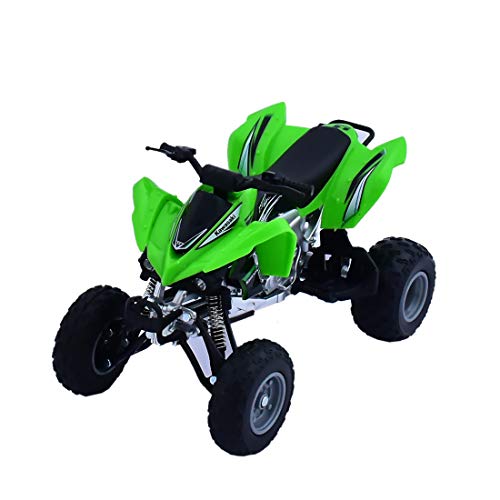No products in the cart.
Fun Facts
Deep-Sea Fishing Techniques: A Breakdown of Different Methods
 Deep-Sea Fishing Techniques: A Breakdown of Different Methods
Deep-Sea Fishing Techniques: A Breakdown of Different Methods
Deep-sea fishing, a thrilling and often rewarding pastime, requires specialized techniques to target the elusive creatures that inhabit the ocean’s depths. From the slow and steady pace of trolling to the rapid action of jigging, each method offers its own unique challenges and rewards.
Trolling: The Classic Approach
Trolling is perhaps the most common deep-sea fishing technique. It involves dragging lures or bait behind a moving boat. The idea is to entice fish into striking as the lure or bait passes by. Trolling is effective for a wide variety of species, including marlin, tuna, and mahi-mahi.
There are several different types of trolling, including:
- Planer board trolling: This technique uses small boards attached to the lines to spread them out and increase the area covered.
- Downrigger trolling: Downriggers are used to send lures or bait to specific depths in the water column.
- Live bait trolling: Live bait, such as squid or mackerel, is often used to attract larger predatory fish.
Jigging: A Vertical Pursuit
Jigging involves vertically moving a heavy metal jig to attract fish. The jig is usually equipped with hooks and is often adorned with feathers or other materials to make it more appealing to fish. Jigging is particularly effective for targeting species like grouper, snapper, and amberjack.
There are two main types of jigging:
- Slow pitch jigging: This technique involves using a longer, heavier jig and making slow, deliberate movements.
- Fast pitch jigging: This technique uses a lighter jig and involves rapid, jerky movements.
Bottom Fishing: A Grounded Approach
Bottom fishing involves anchoring a boat over a promising fishing spot and dropping bait to the bottom of the ocean. This technique is often used to target species that live near the seabed, such as flounder, cod, and halibut.
There are several different types of bottom fishing, including:
- Drift fishing: The boat drifts slowly over the fishing grounds, allowing the bait to be presented to a wider range of fish.
- Live bottom fishing: Live bait is used to attract larger, more predatory fish.
- Dead bait fishing: Dead bait, such as squid or mackerel, is used to attract fish.
Choosing the Right Technique
The best technique for a particular fishing trip will depend on several factors, including:
- The target species: Different species have different feeding habits and preferences.
- The depth of the water: Some techniques are more effective at certain depths.
- The weather conditions: Rough weather can make some techniques more challenging.
- Personal preference: Some people simply prefer one technique over another.
Deep-sea fishing offers a unique and exhilarating experience. By understanding the different techniques involved, anglers can increase their chances of success and enjoy a more rewarding day on the water.



